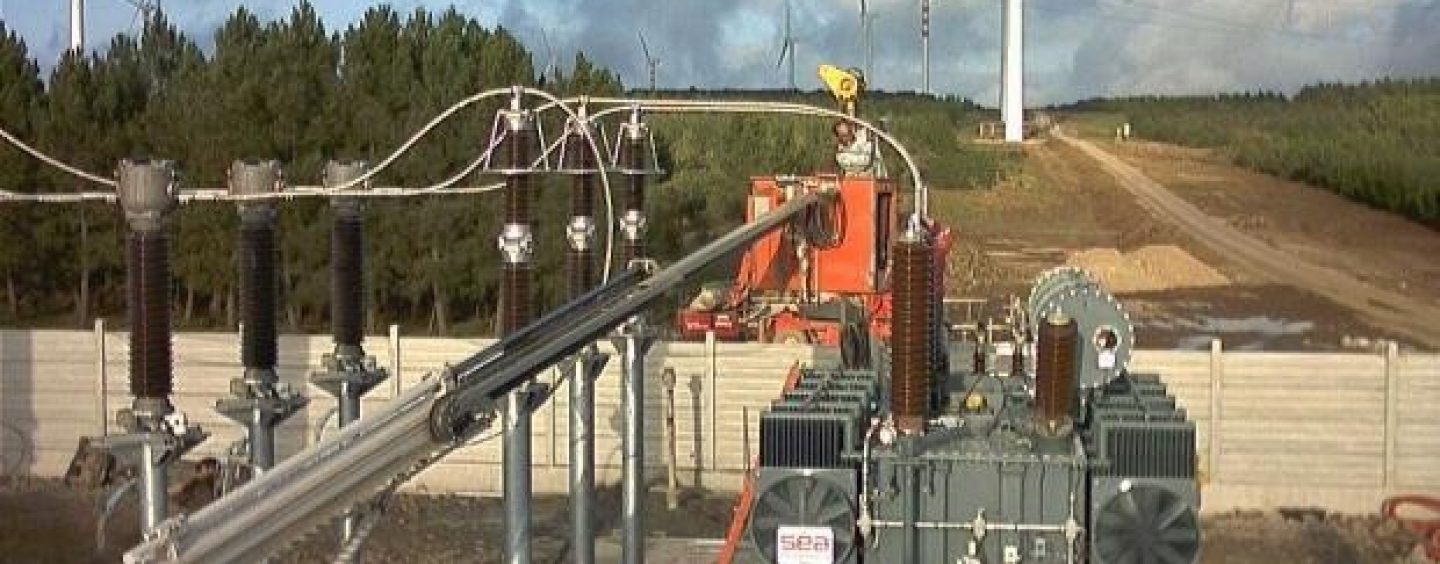
Ensuring extremely accurate measurements of transformers’ power efficiency
by Luca Rizzardi June 12, 2021These days it seems that ‘energy efficiency’ are the watch words on everyone’s lips – from light bulbs to fridges, we are all keen to buy the item with the highest energy efficiency. After all, we don’t want to pay for any more electricity than needed and helping cut emissions has also become second nature to many.
But what about the devices and networks that get electricity to our homes, as well as the factories, shopping centers and railways we all rely on?
One of the most important links in the chain from power supplier to power user is the transformer – the devices that precisely regulate the voltage of the electricity supply as it is transmitted from power station to consumer.
The challenge comes when converting an electricity supply from one voltage level to another. This is inherently inefficient and there will always be some power loss. In a transformer operating at transmission-network voltages of tens of thousands of volts, losing even a fraction of 1% of total power converted can mean losing many thousands of Watt-hours of energy every year.
Understandably, power utilities don’t want to lose this energy and the huge waste of money that goes with it – as well as the immediate financial loss and the cost to regenerate the power, there is also the reputational damage of causing further emissions to replace it.
What you see is what you get
Meeting the needs of these customers was the challenge facing SEA – Società Elettromeccanica Arzignanese. Based in Italy, SEA is a manufacturer of single-phase, three-phase and custom transformers, and reactors and coils. Its oil-cooled, air-cooled and cast resin transformers are used in power transmission and power distribution networks, in electrical substations, in railway infrastructure and in factories and industrial equipment.
SEA’s customers are demanding – they want to know that the efficiency of the transformers they are buying matches SEA’s promises.
This means that the efficiency measurement made by SEA at its factory before shipment must be so accurate that there is no possibility that its actual performance once installed will be found to be different from its measured performance.
Anything less and the consequences could be serious – if the efficiency measurement in the SEA factory is inaccurate even by a fraction of a percentage point, the transformer might fail to meet the efficiency benchmarks specified in the contract of sale, potentially costing SEA thousands of dollars.
Measurements you can trust
The SEA strategy of keeping the safety margin between specified performance and actual performance small means that it must have an extremely accurate way of measuring power efficiency – even a small variance in the efficiency measurement could result in shipping a transformer to a customer which it wrongly believes meets the specifications.
Measurement of a transformer’s efficiency is governed to the IEC60076-1 industry standard, which calls for an instrument able to measure voltage, current, phase and power (VA) at a range of power factor values from 1 to 0.01.
SEA needed a measuring instrument that was both very accurate and very stable – with an instrument intended for use over many years, it was vital that its accuracy remains the same. This need led SEA to choose the Yokogawa WT5000, quite simply the world’s most accurate precision power analyzer.
Its performance figures are impressive – it offers an AC power measurement accuracy of ±0.03% at 50Hz/60Hz and provides performance guarantees from 1% to 130% of the selected voltage and current ranges. High accuracy measurements at very low power factors demand a power analyzer with very low uncertainty for its internal phase shift.
Yokogawa could also prove how accurate the device was through its own calibration laboratory. This is the only commercial, non-government calibration facility in the world to be ISO/IEC17025 accredited to validate the performance of power measurement instruments at frequencies up to 100 kHz.
As a modular instrument, the WT5000 provides seven slots for measurement modules. SEA uses the WT5000 with three modules for measurement of three-phase power.
Ease of use is another vital aspect in test measurement – the WT5000 is operated by a touchscreen and hardware controls, making it easy and intuitive to use.
SEA’s experiences of using the WT5000 have been just what it needed – the device has allowed it to build a reputation for delivering transformers that meet its customers’ minimum efficiency specifications.
With the WT5000’s high efficiency and low losses, SEA is helping utility companies and electricity grid operators achieve excellent operating efficiency. The result is a reduction in the impact of electrical power supplies on the world’s climate – and that is something we can all get behind.


No Comments so far
Jump into a conversationNo Comments Yet!
You can be the one to start a conversation.